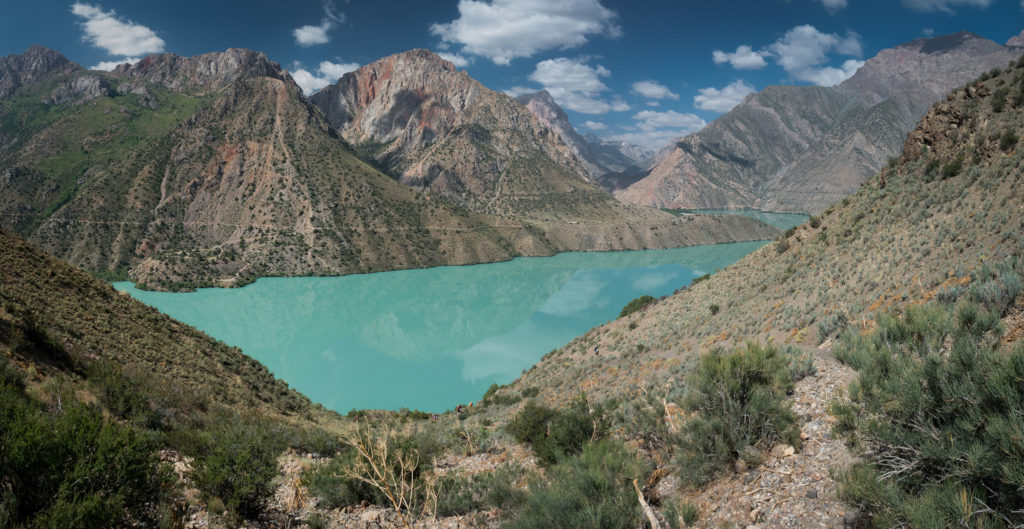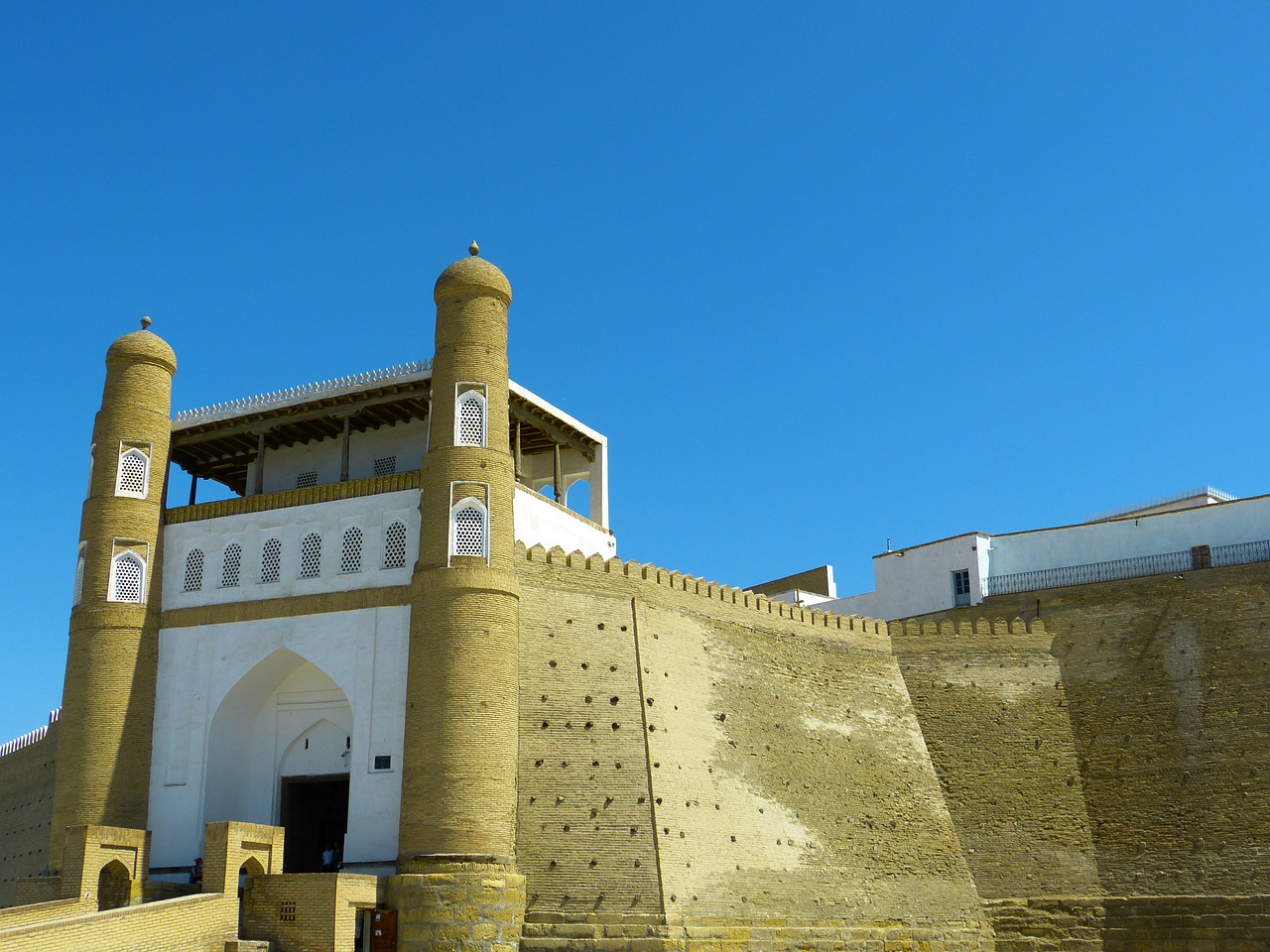 Prior to being
declared an official UNESCO World Heritage Site, a cultural landmark or
natural wonder must first be placed on what is known as the “tentative
list.” This list serves as a sort of nomination process that allows
countries to provide UNESCO with information on sites and properties that
they feel are deserving of World Heritage status.
Prior to being
declared an official UNESCO World Heritage Site, a cultural landmark or
natural wonder must first be placed on what is known as the “tentative
list.” This list serves as a sort of nomination process that allows
countries to provide UNESCO with information on sites and properties that
they feel are deserving of World Heritage status.
Various stakeholders, such as local and regional governments, NGOs, community organizations, and site managers work to prepare countries’ tentative lists. Their goal is to provide UNESCO with details about the nominated sites that demonstrate their universal value. Once compiled, tentative list are submitted to UNESCO’s World Heritage Center and are evaluated by the World Heritage Committee.
Uzbekistan is currently home to five UNESCO World Heritage Sites. However, 30 additional sites have been placed on the country’s tentative list, where they await a decision regarding potential World Heritage status. Explore the natural and cultural wonders that Uzbekistan has included on its tentative list for World Heritage status by taking a closer look at these amazing sites:
Ancient Pap (nominated to the tentative list in 2008)
The settlement of Ancient Pap, located to the southwest of Tashkent, is most notable for its status as a historic necropolis. Archaeologists have uncovered an impressive number and variety of crypts and burial chambers in the area. This has shed important light on the funeral ceremonies and customs of ancient Uzbeks.
For example, some of the opened burial chambers have revealed that men and women alike were buried with knives or daggers, but only women were buried with leather products or household items like spindles. In addition, the crypts of Ancient Pap contain some of the best-preserved examples of historic textile products, with some burial chambers containing silk dresses hundreds of years old that are still almost entirely intact.
Gissar Mountains (2008)
Located to the southeast of Samarkand at the western edge of the Pamir-Alay mountain range, the Gissar Mountains are a unique natural territory currently protected by the Gissar State Reserve and the Kitob State Reserve. The region is home to many rare species of flora and fauna, and its geological outcroppings are found nowhere else in Central Asia.
Along with its status as an important natural ecosystem, the region has two additional claims to World Heritage status. First, the northern part of the Gissar Reserve contains a well-known Muslim pilgrimage site for Saint Khodji Daud. Second, the southern part of the reserve is home to the cave of Amir Timur, a natural grotto or cave that is 860 meters long, and which contains Uzbekistan’s largest subterranean lake. The cave also contains evidence of human settlement dating back to the Stone Age, as well as the Greco-Bactrian period (4th to 3rd centuries BCE).

Andijon (2008)
According to archaeological evidence, the city of Andijon is more than two-and-a-half millennia old. Like an open-air museum, Andijon quite literally contains visible layers of history that stretch three to five meters below the surface of the present city.
Interestingly, while Andijon is famous as an ancient settlement, it’s also well-known as a contemporary ethnographic craft hub. More than 100 artisans work in the city’s Khunarmandchilik, or handicraft center. At least 30 of these are specialists in reviving and preserving traditional methods of craftsmanship.
Siypantosh Rock Paintings (2008)
Translated as “slippery stone,” Siypantosh is a group of rocky canopies in the upper Kuruksaj gorges that feature some of the most ancient rock paintings in Central Asia. Figures of humans and animals, particularly bulls with curved horns, are easily visible, and different geometrical figures and shapes feature prominently. Preliminary dating carried out by scholars from the National State University of Tashkent suggests that some of the oldest paintings may date from the Bronze Age (or as long ago as 5000 years).
Boysun (2008)
The Boysun region of southern Uzbekistan is special in that it contains a wealth of historical, cultural, and natural heritage sites. These include a number of historical-archaeological sites, important enclaves of folk culture and communities, traditional handicraft workshops, and unique landscape zones that are home to important biodiversity. This concentration of cultural elements together with rich natural and biological variety is a rare combination, and it makes the Boysun area one of the most distinctive in Uzbekistan.

Bahoutdin Architectural Complex (2008)
An important clerical representative from the Nakshbandiy order, Sheikh Bohoutdin was considered to be the spiritual patron of the governors of Bukhara in central Uzbekistan. Consequently, after his death in 1389 CE, the necropolis that was erected at his grave has long been one of the most revered in Uzbekistan.
Over the centuries, the necropolis developed into an important architectural complex, with a number of different structures and monuments dating from different eras. These include the dahma, or gravestone, of Sheikh Bohoutdin, a structure of marble blocks enclosed by an openwork marble lattice; a domed and turreted pavilion known as Saho-khona; two mosques; and a small madrasa.
Rabati Malik Caravanserai (2008)
Caravanserai were roadside inns that served as rest stops and meeting places for travelers and traders along the Silk Road. Built in the 11th century, the Rabati Malik caravanserai is one of the largest that has ever been uncovered in Central Asia, occupying an impressive 8,277 square meters. Studies of its architectural décor have shed important new light on building techniques of the era.
Minaret in Vobkent (2008)
The tall, slender towers known as minarets have long been important features of Muslim architecture. They are typically found adjacent to mosques and serve as the place from which the muezzin makes the call to prayer. Located just to the north of the city of Bukhara, the minaret of Vobkent is one of the oldest and best-preserved minarets in Uzbekistan. The structure dates from the late 12th century and is an outstanding architectural example of its age.

Sorry, comments are closed for this post.